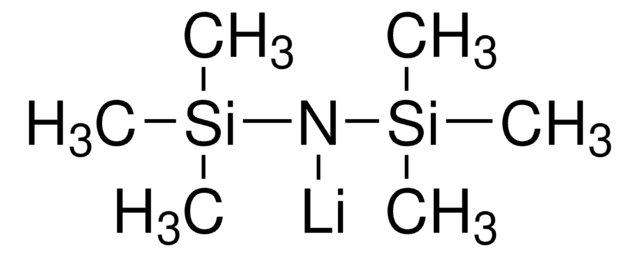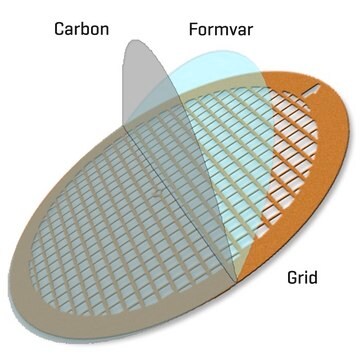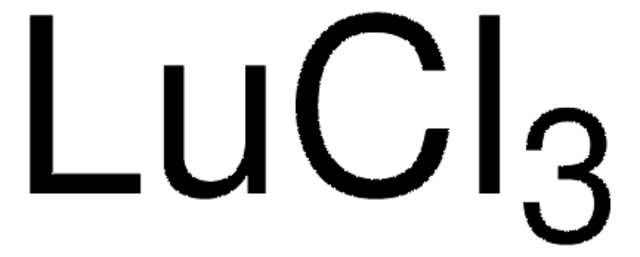Wichtige Dokumente
547980
Tris[N,N-bis(trimethylsilyl)amid]samarium(III)
98%
Synonym(e):
1,1,1-Trimethyl-N-(trimethylsilyl)silanamine samarium(III) salt, Tris(1,1,1,3,3,3-hexamethyldisilazanato)samarium
About This Item
Empfohlene Produkte
Qualitätsniveau
Assay
98%
Form
solid
Eignung der Reaktion
core: samarium
reagent type: catalyst
mp (Schmelzpunkt)
93-106 °C (lit.)
SMILES String
C[Si](C)(C)N([Sm](N([Si](C)(C)C)[Si](C)(C)C)N([Si](C)(C)C)[Si](C)(C)C)[Si](C)(C)C
InChI
1S/3C6H18NSi2.Sm/c3*1-8(2,3)7-9(4,5)6;/h3*1-6H3;/q3*-1;+3
InChIKey
MUFPZLRACJKLCI-UHFFFAOYSA-N
Verwandte Kategorien
Anwendung
- Heterobimetallic samarium(III) complexes
- Binuclear lanthanide complexes
Catalyst for:
- Coordination polymerization of renewable butyrolactone-based vinyl monomers
- Intramolecular hydroamination of non-activated alkenes
- Chiral functionalization of isoxazoles
- Enantioselective hydroamination / cyclization
Signalwort
Danger
H-Sätze
Gefahreneinstufungen
Flam. Sol. 1 - Skin Corr. 1B - Water-react 2
Zusätzliche Gefahrenhinweise
Lagerklassenschlüssel
4.3 - Hazardous materials which set free flammable gases upon contact with water
WGK
WGK 3
Flammpunkt (°F)
36.0 °F - closed cup
Flammpunkt (°C)
2.2 °C - closed cup
Persönliche Schutzausrüstung
Eyeshields, Faceshields, Gloves, type P3 (EN 143) respirator cartridges
Hier finden Sie alle aktuellen Versionen:
Besitzen Sie dieses Produkt bereits?
In der Dokumentenbibliothek finden Sie die Dokumentation zu den Produkten, die Sie kürzlich erworben haben.
Unser Team von Wissenschaftlern verfügt über Erfahrung in allen Forschungsbereichen einschließlich Life Science, Materialwissenschaften, chemischer Synthese, Chromatographie, Analytik und vielen mehr..
Setzen Sie sich mit dem technischen Dienst in Verbindung.![Tris[N,N-bis(trimethylsilyl)amid]yttrium](/deepweb/assets/sigmaaldrich/product/structures/867/983/5b7cb7cd-8879-49e4-a9d7-29c52aaa82a0/640/5b7cb7cd-8879-49e4-a9d7-29c52aaa82a0.png)





![1,8-Diazabicylco[5.4.0]undec-7-en, polymer gebunden 100-200 mesh, extent of labeling: 1.5-2.5 mmol/g loading, 1 % cross-linked with divinylbenzene](/deepweb/assets/sigmaaldrich/product/structures/198/416/1df5854b-ea20-4d3a-a11f-73abb549da60/640/1df5854b-ea20-4d3a-a11f-73abb549da60.png)



